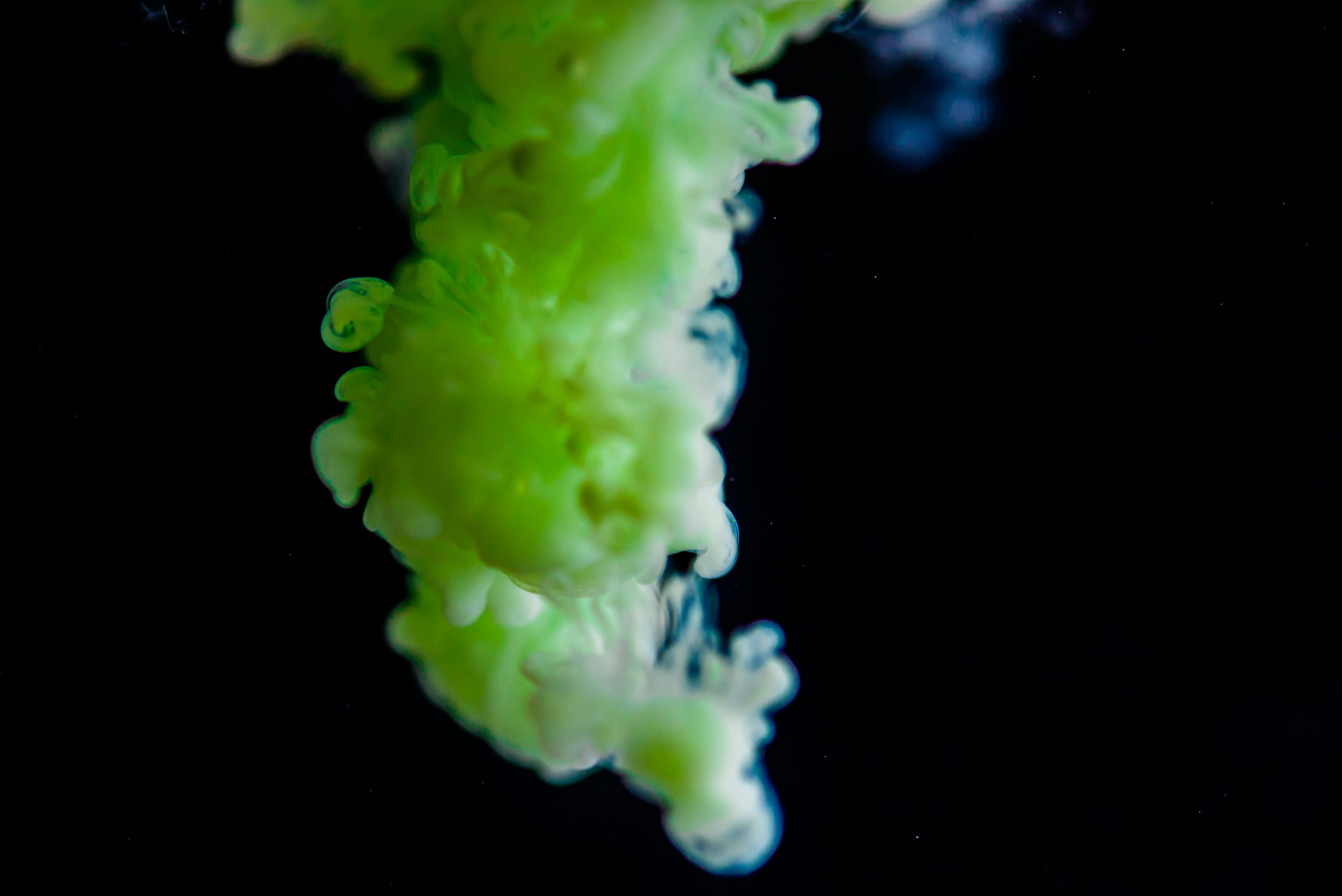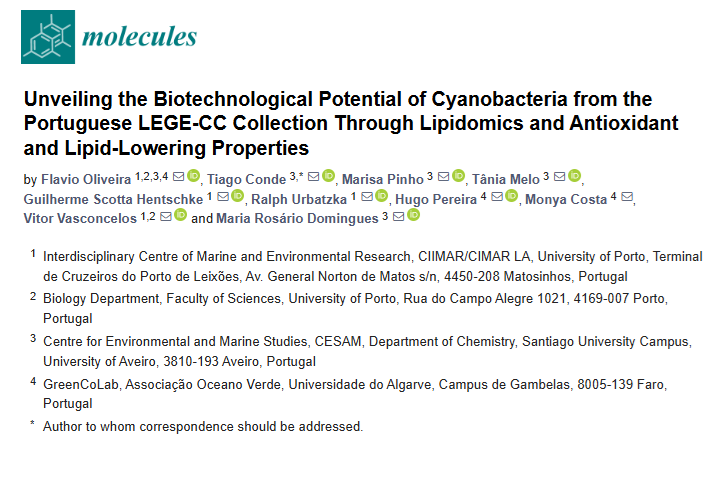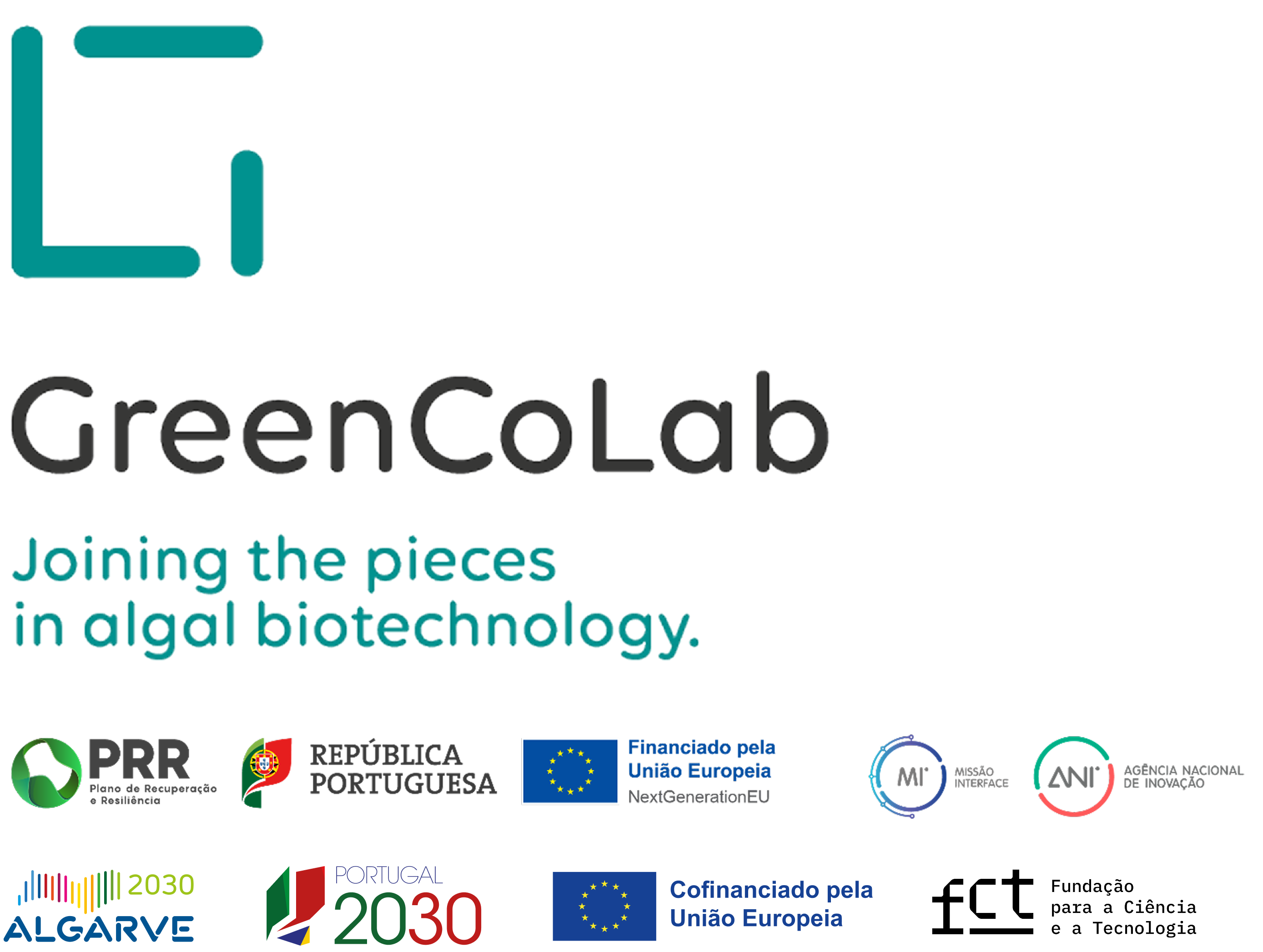

TITLE
Unveiling the Biotechnological Potential of Cyanobacteria from the Portuguese LEGE-CC Collection Through Lipidomics and Antioxidant and Lipid-Lowering Properties
JOURNAL
Molecules
AUTHORS
Flavio Oliveira, Tiago Conde, Marisa Pinho, Tânia Melo, Guilherme Scotta Hentschke, Ralph Urbatzka, Hugo Pereira, Monya Costa, Vitor Vasconcelos and Maria Rosário Domingues
ABSTRACT
Cyanobacteria are gram-negative prokaryotic microorganisms composed of both broad morphological and phylogenetic diversity inherited from diverse ecosystems like aquatic, terrestrial, or extremophilic environments. In this study, three cyanobacteria strains from the Blue Biotechnology and Ecotoxicology Culture Collection (LEGE-CC) were obtained from different environments in Portugal. Polyphasic analysis was applied for taxonomic identification. The proximate composition analysis indicated the lipid content (6.2% to 9.1% dry weight (DW)), protein content (28.2% to 62.9% DW), and carbohydrate content (19.5% to 46.1% DW). The fatty acid (FA) profiles of the strains revealed the presence of 19 different FAs, with FA 16:0 found in the highest abundance. The lipidomic analysis revealed 230 lipid species, with Laspinema sp. LEGE 06078 displaying the highest diversity (125 lipid species). These included species-specific and common lipids species that denote biochemical uniqueness that are also carriers of omega-3 FA (n−3). Biological assays exhibited strong antioxidant activity against ABTS•+ and DPPH• in Laspinema sp. LEGE 06078, while Sphaerospermopsis sp. LEGE 00249 was renowned for reducing lipids in zebrafish larvae. The findings are of immense significance on the lipidomics diversity of cyanobacteria in terms of nutrition, health, and biotechnology, such as addressing obesity and sustainable resource production.



